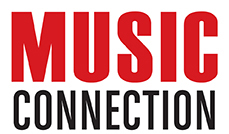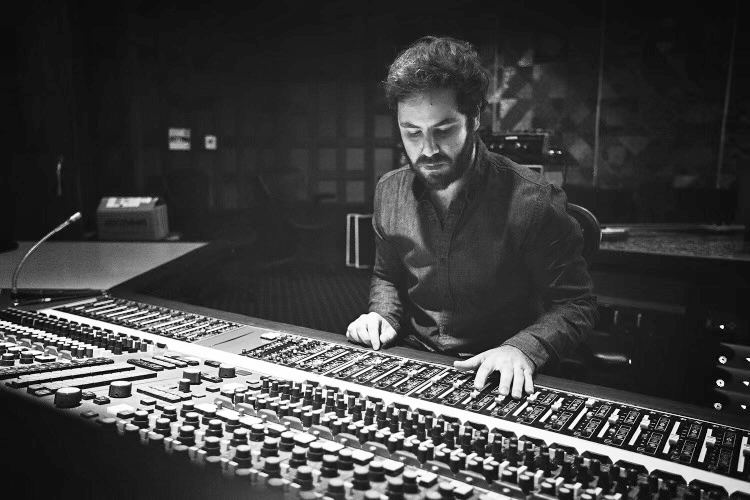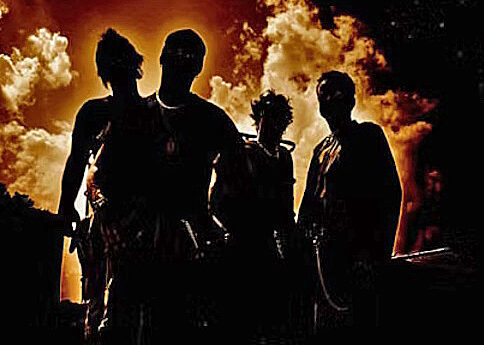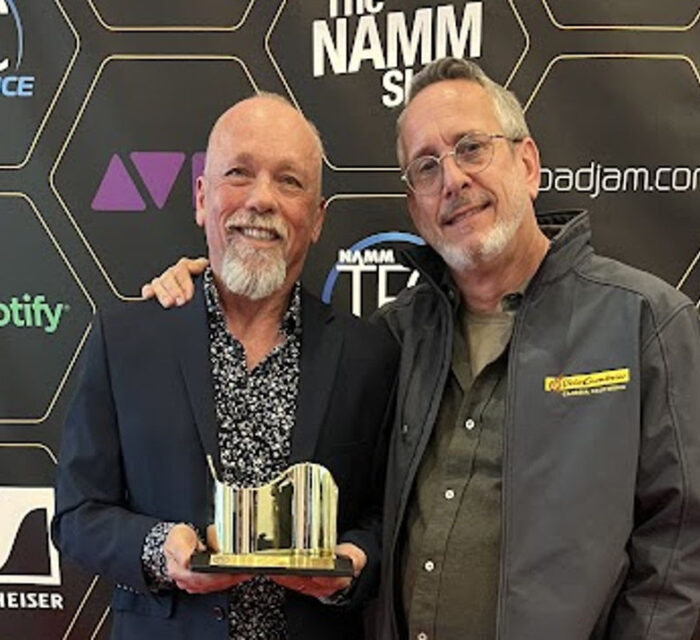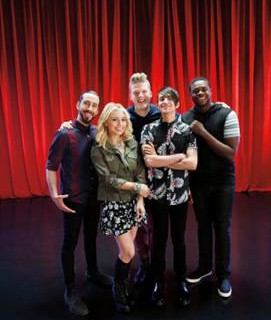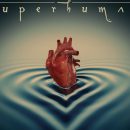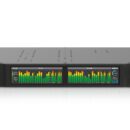Producer and recording/mix engineer Steve Sykes’ exposure to music began as a child via his mother who worked as a Philadelphia jazz booking agent. He took up guitar at the age of 12 and struck out for L.A. in his late teens. Waylaid in Denver for nine years, he was recruited on day one to play with Philip Bailey and Larry Dunn, future members of Earth, Wind & Fire. When he finally landed in L.A. in 1979, he was enlisted by Robert Fleischman, who’d recently left Journey, and got to play twenty-odd opening sets for Van Halen on its 1980 tour. He initiated his segue to engineering a few years later when famed producer Mike Chapman (Blondie's "Heart of Glass" and The Knack's "My Sharona," among others) took him under his tutelage. He’s since worked with artists such as Al Jarreau, The Isley Brothers and Keiko Matsui.
Sykes began his audio adventure as a performer and earned many successes along the way. But he found, ultimately, that engineering held a special magic for him. “What most appeals to me about it is the ability to create sonic landscapes; to create environments that make music sound as good as it can be,” he explains. “It’s all about creating the most complementary environments for instruments and voices. I like to take recordings of things and make space where you can walk back into the mix and listen to things behind others.”
Like any veteran of sonic skirmishes, Sykes has faced countless challenges. But of course a few stand out. “Chasing the artist’s original vision of the demo was always tricky,” he observes. “Sometimes they’ll have one they’ve worked on forever and when they go to actually do the recording, it’s not the same. Many people call it ‘demoitis.’ You have to do the best job you can but also not own [a recording]. Be flexible. As engineers, we tend to become possessive of our output even though we’re working for someone else. It’s a trap you don’t want to fall into because at the end of the day, this is a service industry. A great engineer and producer is there to get the artist to be the best they can be; to bring out a better part of them than they even saw in themselves.”
Sykes has had countless treasured experiences with a range of artists over the years. Indeed, he credits legendary recording engineer Al Schmitt with teaching him how to record an orchestra. But one of his most memorable—Al Jarreau’s 2008 Christmas album—came with equal measures of edification and amusement. “We were recording Al’s vocal and for some reason we were getting this faint high-end squealing on his mic,” Sykes recollects. “We changed mics, EQs and modules in the board but we still heard it. Finally I went into the studio. It was there too and I mentioned it to Al. He apologized and explained that he had his hearing aid too high and it was feeding back into the mic.”
These days, much of his work is composed of mixing, which he completes largely at his Fort Collins, CO home space. When not recording in an L.A. room, he books time at local Blasting Room Studios. Recently he wrapped projects with bassist Stanley Clarke (they’ve been friends since they were teens) as well as work on David Garfield’s “Rainy Day Song” featuring Herb Alpert and Mindi Abair's I Can't Wait For Christmas.
Visit stevesykes.com
